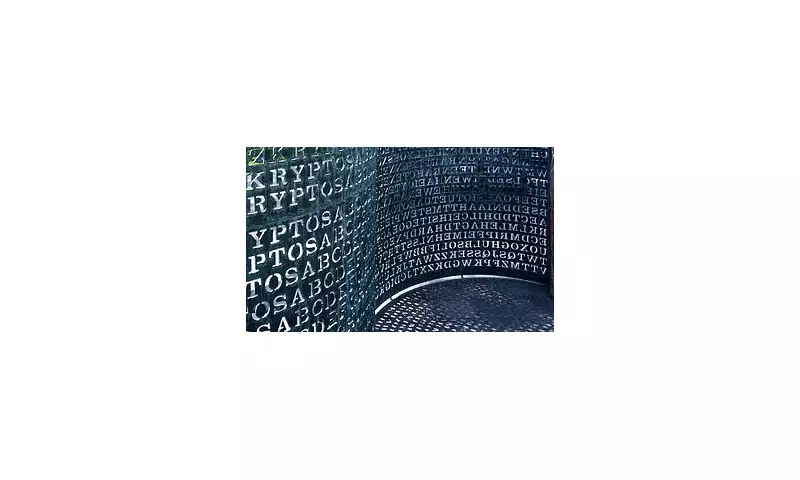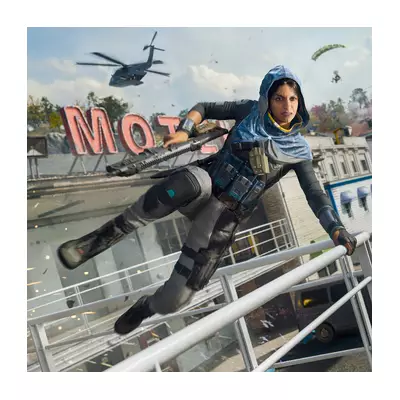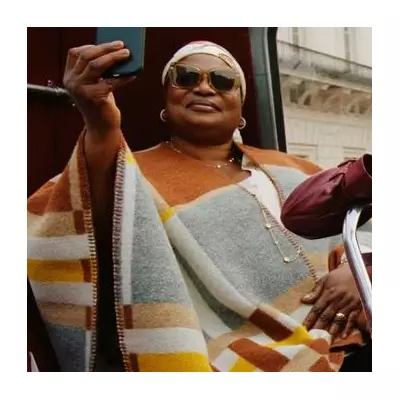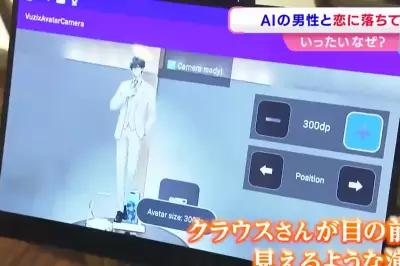
For over three decades, a mysterious encrypted message has been staring intelligence officials in the face at the very heart of American espionage. The Kryptos sculpture, located at CIA headquarters in Langley, Virginia, continues to guard its final secret - and the world's top codebreakers remain utterly stumped.
The Sculpture That Speaks in Code
Created by American artist Jim Sanborn in 1990, Kryptos features four separate encrypted sections carved into its copper panels. While three of these sections were cracked years ago, the fourth and final portion - known simply as K4 - has resisted all decryption attempts, becoming one of the most famous unsolved codes in modern history.
Progress and Frustration
Cryptographers worldwide have celebrated several breakthroughs over the years. The first three sections yielded to persistent analysis, revealing poetic phrases and historical references. Yet K4, consisting of just 97 characters, has proven infinitely more stubborn.
What we know:
- K4 contains 97 characters in total
- It's significantly shorter than the other sections
- Multiple decryption methods have been attempted
- Even the NSA's top minds haven't cracked it publicly
Why K4 Remains Elusive
Experts speculate that K4 might use a completely different encryption method than the first three sections, or perhaps contains deliberate errors that throw off standard decryption techniques. Some theorists even suggest the solution might require physical clues from the sculpture itself.
The Global Hunt Continues
From amateur cryptographers to intelligence professionals, the challenge of K4 continues to captivate. Online forums buzz with new theories regularly, while Sanborn himself has dropped occasional hints - though never enough to reveal the full solution.
As the years pass, Kryptos stands as a testament to the enduring power of a well-crafted puzzle. In an age of supercomputers and artificial intelligence, this artistic enigma reminds us that human ingenuity - both in creating and solving mysteries - remains unmatched.




